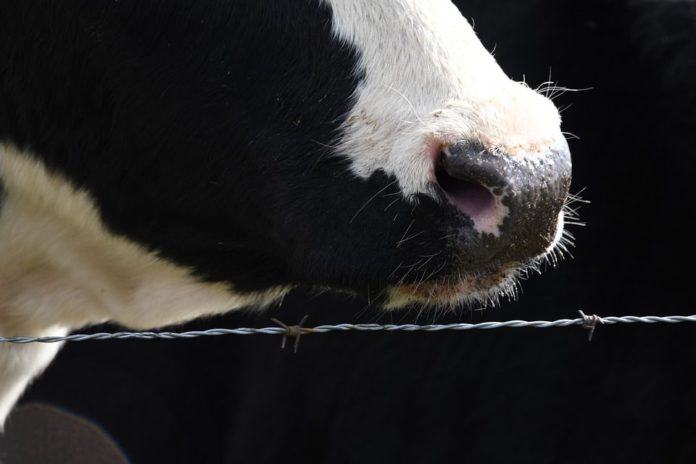Researchers claim they are now “one step closer” to unlocking the genetic code to breeding more heat-resistant cattle.
According to Agriculture Victoria research director, Ben Cocks, researchers have identified five new genes strongly associated with heat tolerance in dairy cows.
The “ground-breaking” research aims to help farmers deal with the impact of hot weather conditions on dairy cows’ milk production.
The findings come after studying almost 500,000 milk records from approximately 30,000 Holstein cows. Researchers said this is a six-fold increase in sample size from prior comparable studies.
The research team is utilising the results from this study to begin a five-year research project.
They are testing and comparing the newly found heat-tolerant genes with DNA from dairy cows across Australia. They aim to find new ways to identify the most heat-tolerant cows for farmers to breed.
This world-leading study is part of the DairyBio program. This is a $55 million research partnership between Agriculture Victoria, Dairy Australia and the Gardiner Foundation.
Heat-resistant cattle
In a statement, Professor Ben Cocks, said:
“This large increase in sample size has helped the team pinpoint the specific regions in the cow’s DNA that controls heat regulation, helping us better identify which cows are more heat tolerant than others.”
“When temperatures and humidity rise, dairy cows reduce their feed intake, resulting in a decrease in milk production.”
To put this into perspective, he said that in areas such as Northern Victoria, this means more than 100 days a year are considered “too” hot for dairy cows to produce “optimal” amounts of milk.
“By breeding cattle that can adapt to rising temperatures, we are helping create a more resilient dairy industry under a changing climate.”
“This gives farmers the support they need to minimise the impact of heat on their herds and maintain milk production.”
Researchers also discovered that genes associated with the nervous system were critical for heat tolerance.
They view this as an “important” finding. This is because the nervous system connects the inside of the animal to its outside environment.
As temperatures increase across Australia, heat-tolerant dairy cows are “fast gaining” scientists’ and farmers’ attention to help maintain consistent milk production and create a more efficient and competitive dairy industry.
Other articles:





